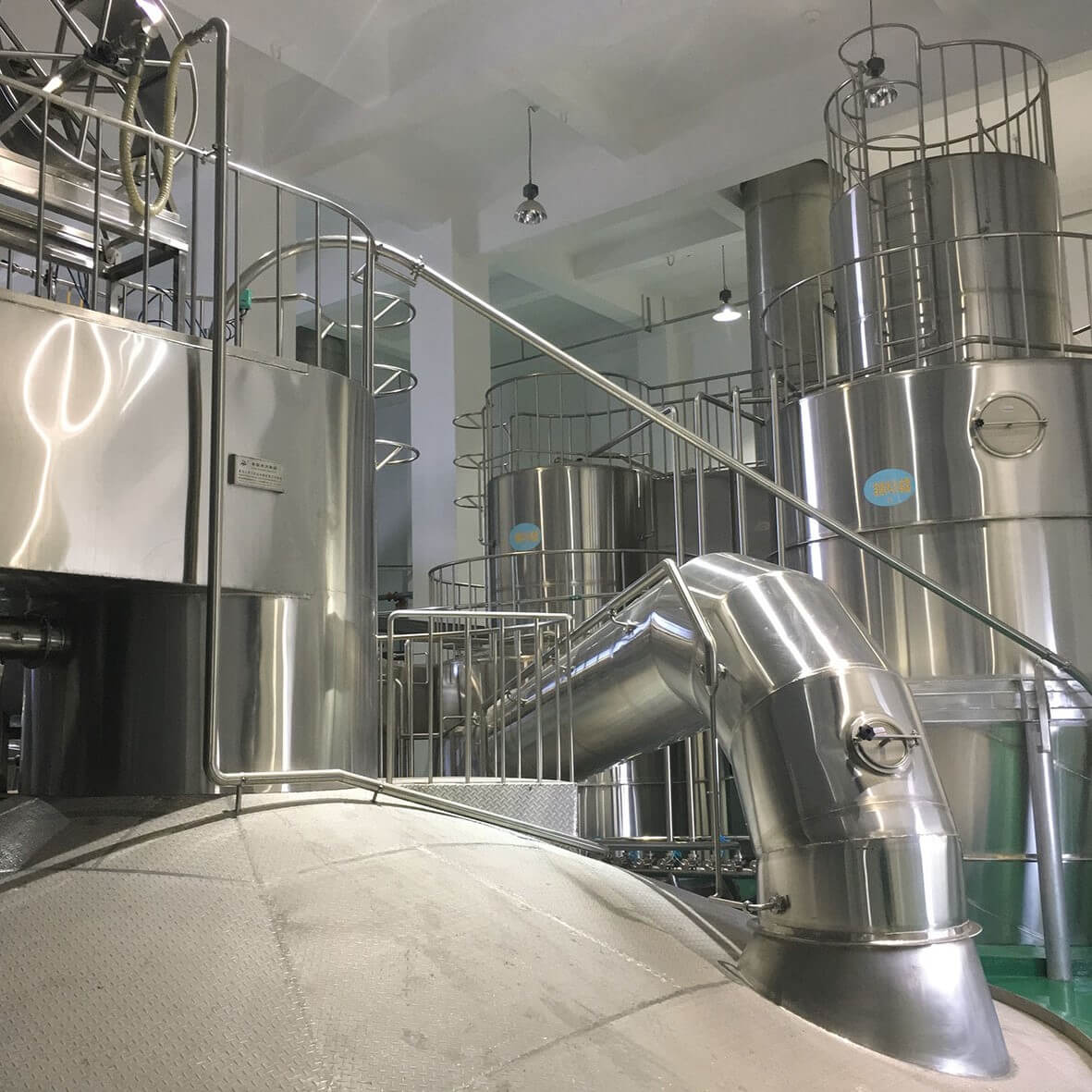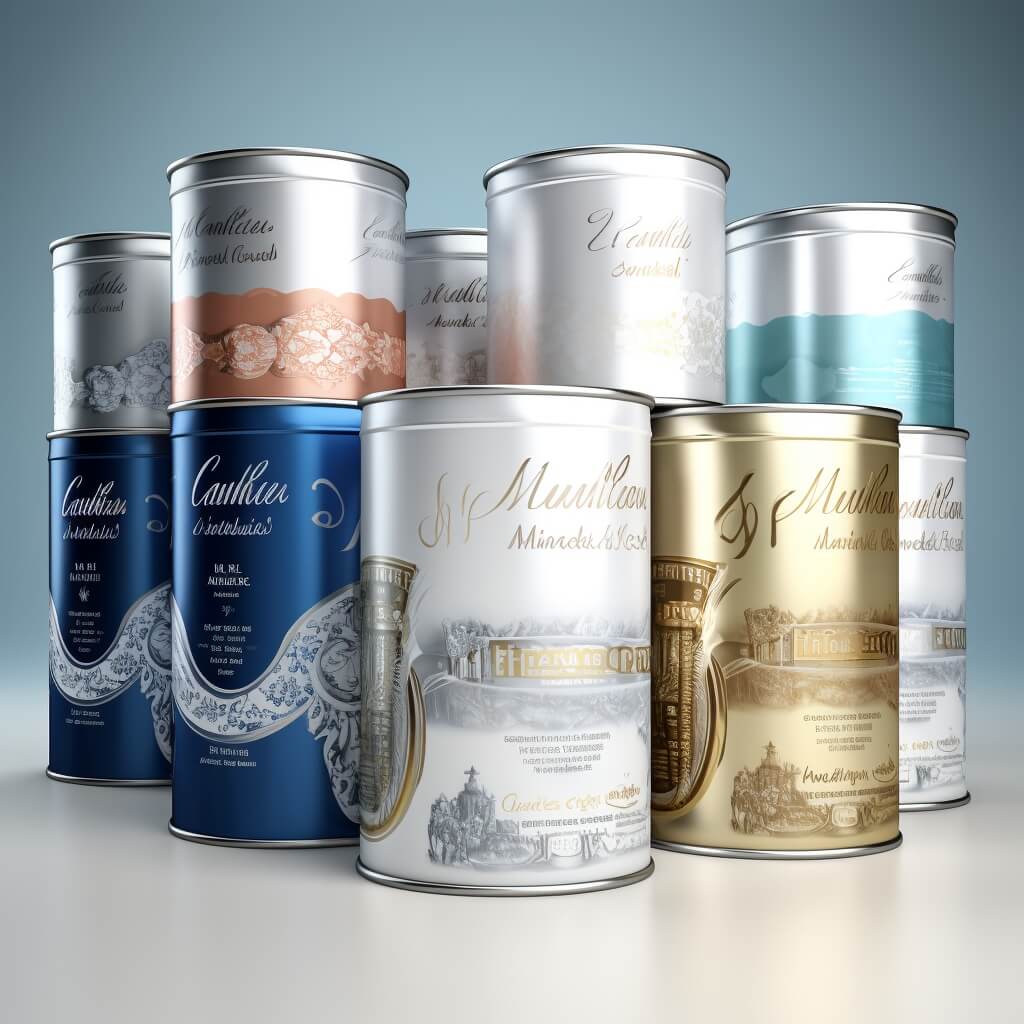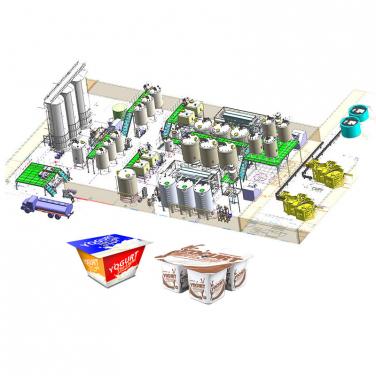
New Zealand milk powder "smart manufacturing" password: analysis of the entire production line from pasture to canning
Sep 5, 2025
The New Zealand milk powder industry is renowned for its "farm to canning" integration, high automation, and cleanliness standards close to pharmaceutical grade. Its milk powder production line equipment configuration has become a global high-end benchmark. From the perspective of industry technological evolution, the typical equipment composition and functions of New Zealand milk powder factories are summarized as follows:
1. Milk collection and pretreatment stage
Vacuum milk collection system: After the milk tanker is docked, the raw milk is unloaded into * * Milk Silo * * (150-300 tons per bottle) at 4 ℃ through a vacuum pump, and the entire process is sealed and oxygen proof.
-Plate cooler+online sterilization centrifugation: Reduce the milk temperature to ≤ 4 ℃ within 30 seconds, continuously remove somatic cells and psychrophilic bacteria, and extend the storage window of raw milk.
-Standardization Unit: Automatically add cream or skim milk to lock the fat/protein ratio to the formula target; Online NIR monitoring with an error of ≤ 0.05%.
2. Hot processing and concentration section
-Multi effect falling film evaporator (MVR/TVR): Newly built factories in New Zealand commonly use mechanical vapor recompression (MVR) technology, which consumes only 0.12 tons of steam to evaporate 1 ton of water, saving 40% energy; Concentrate to 45-52% TS.
-DSI direct steam jet sterilization: Heat up to 95-110 ℃ for 0.3 seconds and maintain for 1-3 seconds, killing spores and protecting whey protein; Coupled with flash evaporation vacuum degassing to remove cooking odors.
High pressure homogenization (40/5 MPa two stages) : prevent fat stratification of concentrated milk during subsequent spray drying, and improve the milk powder preparation.
10 – 12 storey ultra-high spray tower: for example, Synlait P ō keno tower is 45 m high, and the annual output of a single tower is 45000 tons; The tower top dual fluid nozzle+rotary atomizer can be switched, and the particle size can be adjusted to 60-180 μ m when producing base powder or high-fat milk powder.
-Integrated fluidized bed (three-stage): Equipped with a 0.3 second rapid cooling section, the powder surface is vitrified, reducing free fat and improving antioxidant capacity.
-Online moisture/oxygen closed-loop detection: Infrared moisture analyzer and laser oxygen analyzer data are connected to DCS. If the moisture deviation is ± 0.1%, the inlet temperature will be automatically adjusted to ensure that the moisture content of the finished product is ≤ 3.0%.
4. Dry mixing and packaging section
-Weight loss micro feeder: Accurately dry mix vitamins, probiotics, and DHA oil powder in an environment of<20 ℃ and RH<40%, with an error of ≤ 0.5 g/25 kg.
Fully automatic robot packing line : ABB/KUKA robotic arm can hold 120 cans/min, and the laser QR code at the bottom of the cans is automatically associated with the box label, achieving full traceability of "one item, one code" throughout the entire process.
-GMP workshop air purification: maintaining a cleanliness level of 100000 and a cleanliness level of 10000 in key filling areas; Personnel need to change clothes and be exposed to air shower twice for entry and exit, which is close to pharmaceutical standards.
5. Energy saving and digitalization
-Mechanical steam recompression+heat pump coupling: The secondary steam in the evaporation section is heated by the compressor to 8-10 ℃ and reused, reducing the energy consumption of the entire line by 35% compared to traditional TVR.
Digital twin platform: real-time simulation of temperature field and powder particle size in spray tower, predictive maintenance of cyclone blockage, and reduction of downtime by 18%.
-Carbon Emissions Monitoring: New Zealand factories are all connected to national level carbon trading interfaces, with a carbon footprint of less than 1.2 kg CO ₂ e per can of milk powder, which is lower than the global average of 1.7 kg.
-Synlait P ō keno: Installed approximately 10000 units of equipment in 12 months, with an annual output of 45000 tons of infant base powder and whole milk powder, and a dry mixing capacity of 1 t/h for nutritional ingredients, it is known as the largest turnkey project in New Zealand history by Tetra Pak.
-Yashili Pokeno (now part of a2): 52000 tons of base powder spray tower and 25000 tons of finished product cans, equipped with a 70000 square meter factory area, fully automated robot packaging, and GMP air purification system. It is still regarded as one of the best hardware milk powder factories in New Zealand.
To sum up, the New Zealand milk powder production line has achieved high productivity, low energy consumption and pharmaceutical grade cleanliness through the combination of "high-efficient evaporation+ultra-high spray tower+robot dry mixed packaging+digital twin control", becoming the core manufacturing base of global high-end infant formula milk powder and bulk base powder.
1. Milk collection and pretreatment stage
Vacuum milk collection system: After the milk tanker is docked, the raw milk is unloaded into * * Milk Silo * * (150-300 tons per bottle) at 4 ℃ through a vacuum pump, and the entire process is sealed and oxygen proof.
-Plate cooler+online sterilization centrifugation: Reduce the milk temperature to ≤ 4 ℃ within 30 seconds, continuously remove somatic cells and psychrophilic bacteria, and extend the storage window of raw milk.
-Standardization Unit: Automatically add cream or skim milk to lock the fat/protein ratio to the formula target; Online NIR monitoring with an error of ≤ 0.05%.
2. Hot processing and concentration section
-Multi effect falling film evaporator (MVR/TVR): Newly built factories in New Zealand commonly use mechanical vapor recompression (MVR) technology, which consumes only 0.12 tons of steam to evaporate 1 ton of water, saving 40% energy; Concentrate to 45-52% TS.
-DSI direct steam jet sterilization: Heat up to 95-110 ℃ for 0.3 seconds and maintain for 1-3 seconds, killing spores and protecting whey protein; Coupled with flash evaporation vacuum degassing to remove cooking odors.
High pressure homogenization (40/5 MPa two stages) : prevent fat stratification of concentrated milk during subsequent spray drying, and improve the milk powder preparation.

10 – 12 storey ultra-high spray tower: for example, Synlait P ō keno tower is 45 m high, and the annual output of a single tower is 45000 tons; The tower top dual fluid nozzle+rotary atomizer can be switched, and the particle size can be adjusted to 60-180 μ m when producing base powder or high-fat milk powder.
-Integrated fluidized bed (three-stage): Equipped with a 0.3 second rapid cooling section, the powder surface is vitrified, reducing free fat and improving antioxidant capacity.
-Online moisture/oxygen closed-loop detection: Infrared moisture analyzer and laser oxygen analyzer data are connected to DCS. If the moisture deviation is ± 0.1%, the inlet temperature will be automatically adjusted to ensure that the moisture content of the finished product is ≤ 3.0%.
4. Dry mixing and packaging section
-Weight loss micro feeder: Accurately dry mix vitamins, probiotics, and DHA oil powder in an environment of<20 ℃ and RH<40%, with an error of ≤ 0.5 g/25 kg.
Fully automatic robot packing line : ABB/KUKA robotic arm can hold 120 cans/min, and the laser QR code at the bottom of the cans is automatically associated with the box label, achieving full traceability of "one item, one code" throughout the entire process.
-GMP workshop air purification: maintaining a cleanliness level of 100000 and a cleanliness level of 10000 in key filling areas; Personnel need to change clothes and be exposed to air shower twice for entry and exit, which is close to pharmaceutical standards.
5. Energy saving and digitalization
-Mechanical steam recompression+heat pump coupling: The secondary steam in the evaporation section is heated by the compressor to 8-10 ℃ and reused, reducing the energy consumption of the entire line by 35% compared to traditional TVR.
Digital twin platform: real-time simulation of temperature field and powder particle size in spray tower, predictive maintenance of cyclone blockage, and reduction of downtime by 18%.
-Carbon Emissions Monitoring: New Zealand factories are all connected to national level carbon trading interfaces, with a carbon footprint of less than 1.2 kg CO ₂ e per can of milk powder, which is lower than the global average of 1.7 kg.

-Synlait P ō keno: Installed approximately 10000 units of equipment in 12 months, with an annual output of 45000 tons of infant base powder and whole milk powder, and a dry mixing capacity of 1 t/h for nutritional ingredients, it is known as the largest turnkey project in New Zealand history by Tetra Pak.
-Yashili Pokeno (now part of a2): 52000 tons of base powder spray tower and 25000 tons of finished product cans, equipped with a 70000 square meter factory area, fully automated robot packaging, and GMP air purification system. It is still regarded as one of the best hardware milk powder factories in New Zealand.
To sum up, the New Zealand milk powder production line has achieved high productivity, low energy consumption and pharmaceutical grade cleanliness through the combination of "high-efficient evaporation+ultra-high spray tower+robot dry mixed packaging+digital twin control", becoming the core manufacturing base of global high-end infant formula milk powder and bulk base powder.
News
Hot Product



